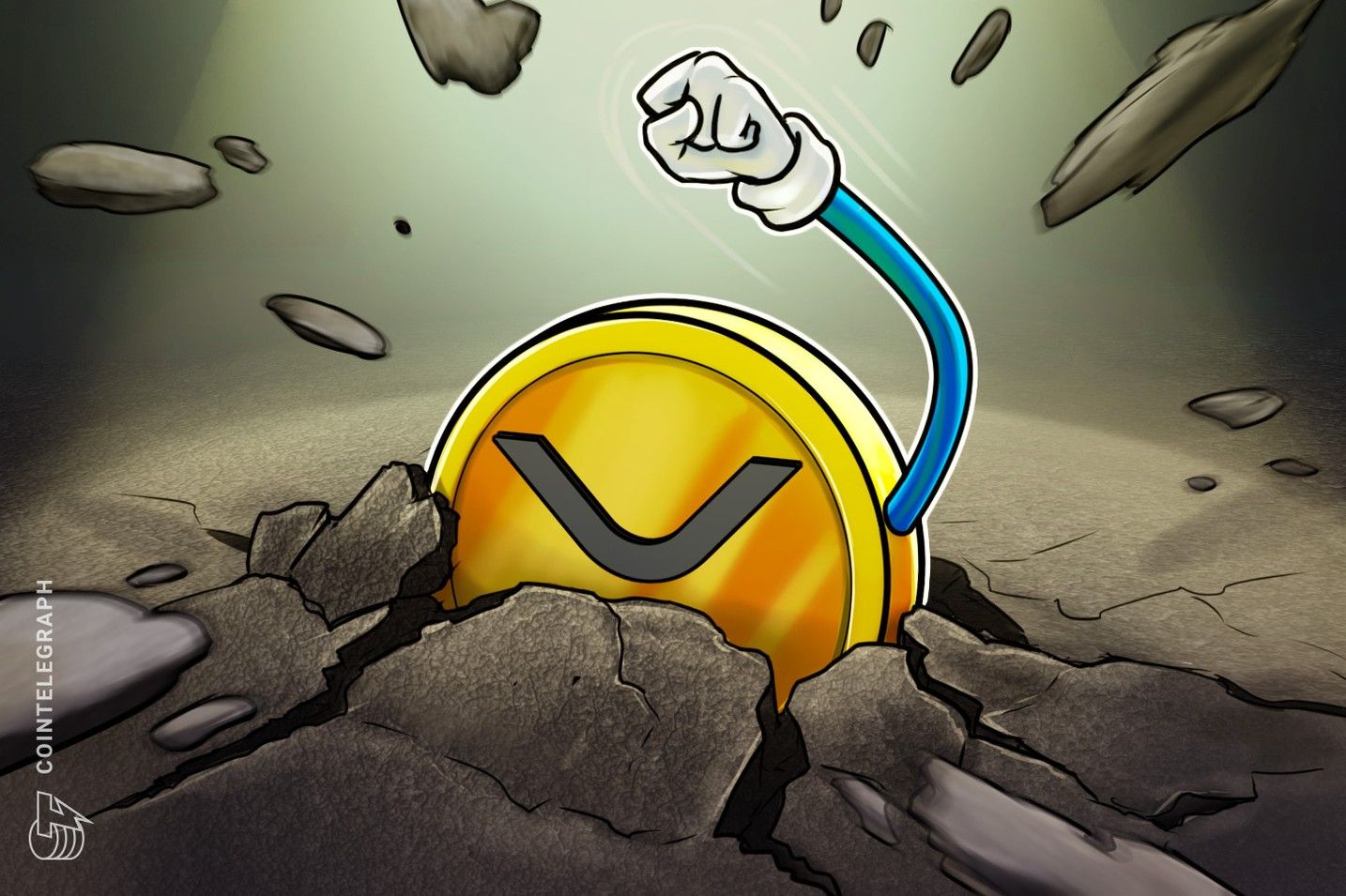Ethereum Boosts Gas, zkEVM, and Disk Efficiency in L1

- Ethereum raises gas limit to 45M, targeting 100M with stronger client stability.
- Disk pruning and BALs boost node efficiency, prepping for parallel processing.
- zkEVM attester and gas repricing aim to streamline block validation and execution.
Ethereum Foundation has launched a coordinated push to enhance Layer 1 capabilities, aiming for more than just raw scale. In addition to increasing the gas limit and advancing zkEVM development, new engineering efforts are focused on improving execution speed and optimizing data handling to support a more efficient and scalable network.
Gas Limit Increase Marks Strategic Shift
The Berlinterop enhancements have resulted in the Ethereum mainnet running with a gas limit of 45 million. The action, fronted by Parithosh Jayanthi and Nethermind’s PerfNet team, is the initial step towards a 100 million goal. Performance standards have become compressed even on client teams, paving the way to greater throughput.
This upgrade signals more than increased capacity; it reflects improved client stability under strain. Engineering teams identified fragility during the Pectra rollout, leading to hardened clients against network instability. Stability remains a requirement as the foundation pursues higher gas ceilings.
The Foundation has appointed Marius van der Wijden to co-lead Scale L1, joining Ansgar Dietrichs and Tim Beiko. His experience with Geth aligns technical depth with the protocol’s evolving needs.
Disk Efficiency and Block Access Take Focus
Ethereum is beginning to respond to the computational burden of node operation by eliminating extraneous history data. The work by Matt Garnett, called History Expiry, deleted pre-Merge branches, potentially saving up to 500GB on full nodes. This ensures that node operation is still feasible despite the limited storage space.
The next step will support Rolling History Expiry, which will allow constant removal of old data. It guarantees long-term disk efficiency by expanding with increasing activity. This pruning mechanism makes Ethereum more scalable.
The Glamsterdam upgrade also considers block-level access lists (BALs). BALs are introduced to facilitate parallel transaction processing, enhance the speed of state computation, and improve preloading efficiencies. These enhancements increase node synchronization and block execution speed.
EVM Performance and zk Validation Progress
Benchmarking and gas repricing have become central to Ethereum’s resource optimization strategy. Ansgar Dietrichs leads efforts to close the gap between average and worst-case compute loads.
Carlos Pérez runs Bloatnet to test network behavior under extreme load. The simulations double the current state size and gas to inform repricings and client tuning. These inputs will influence the final shape of proposals in Glamsterdam.
In parallel, Kevaundray Wedderburn is developing a zkEVM attester client capable of validating blocks using real-time zk proofs. This client will first launch as an optional system. If successful, it can eventually replace traditional validation and support significantly higher gas ceilings.
Related: Ethereum Turns 10: From Vision to Backbone of the Decentralized Internet
User-Centric Infrastructure Enhancements Underway
Network demands are escalating, and RPC nodes are becoming overloaded. To overcome this, internal squads are streamlining set execution, consensus, and RPC node types. The Geth and PandaOps teams are leading these explorations. Their research informs new standards for scalable and responsive infrastructure.
Ethereum’s L1 roadmap isn’t just about scale—it’s about a better experience, lower friction, and future readiness. Each technical gain reflects a broader goal: making Ethereum more usable, accessible, and efficient for the next billion users.
The post Ethereum Boosts Gas, zkEVM, and Disk Efficiency in L1 appeared first on Cryptotale.
Disclaimer: The content of this article solely reflects the author's opinion and does not represent the platform in any capacity. This article is not intended to serve as a reference for making investment decisions.
You may also like
Bitcoin ’rallies are for selling‘: Top 3 arguments from BTC market bears

XRP bulls grow louder: What will spark the breakout toward $2.65?

Bitcoin gives up $90K at US open as two-week exchange outflows near 35K BTC

Refuting the AI bubble theory! UBS: Data centers show no signs of cooling down, raises next year's market growth forecast to 20-25%
The structural changes in the cost of building AI data centers mean that high-intensity investment will continue at least until 2027, and AI monetization has already begun to show signs.

